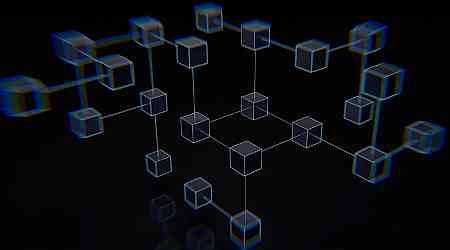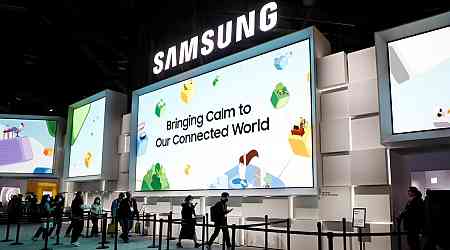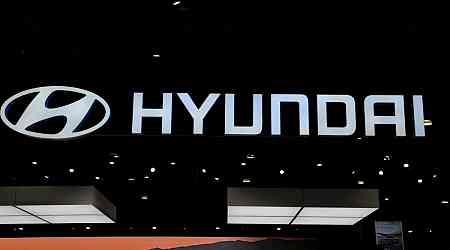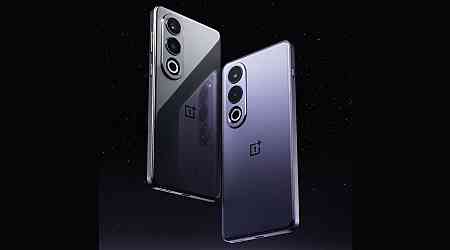I recently tried to use a Raspberry Pi 5 as a regular desktop PC. The experiment wasn't a failure—I was able to use a Pi to get most of my work done for a few days. But the device's performance, and especially the relative immaturity of the Linux Arm software ecosystem, meant that there were lots of incompatibilities and rough edges.
One of the problems with trying to use a Pi 5 as a regular desktop computer is that, by the time you've paid for the 8GB version of the board, a decent active cooler and case, and (ideally) some kind of M.2 storage attachment and SSD, you've spent close to a couple of hundred dollars on the system. That's not a ton of money to spend on a desktop PC, but it is enough that the Pi no longer feels miraculously cheap, and there are actually other, more flexible competitors worth considering.
Consider the selection of sub-$200 mini desktop PCs that litter the online storefronts of Amazon and AliExpress. Though you do need to roll the dice on low-to-no-name brands like Beelink, GMKTec, Firebat, BMax, Trigkey, or Bosgame, it's actually possible to buy a reasonably capable desktop system with 8GB to 16GB of RAM, 256GB or 512GB of storage, a Windows 11 license, and a workaday x86-based Intel CPU for as little as $107, though Amazon pricing usually runs closer to $170.
In a fit of curiosity, I bought two of these systems to experiment with. We're still talking about no-frills, low-performance computing. But can these little PCs succeed where the Pi 5 let me down?
Oops! All E-cores
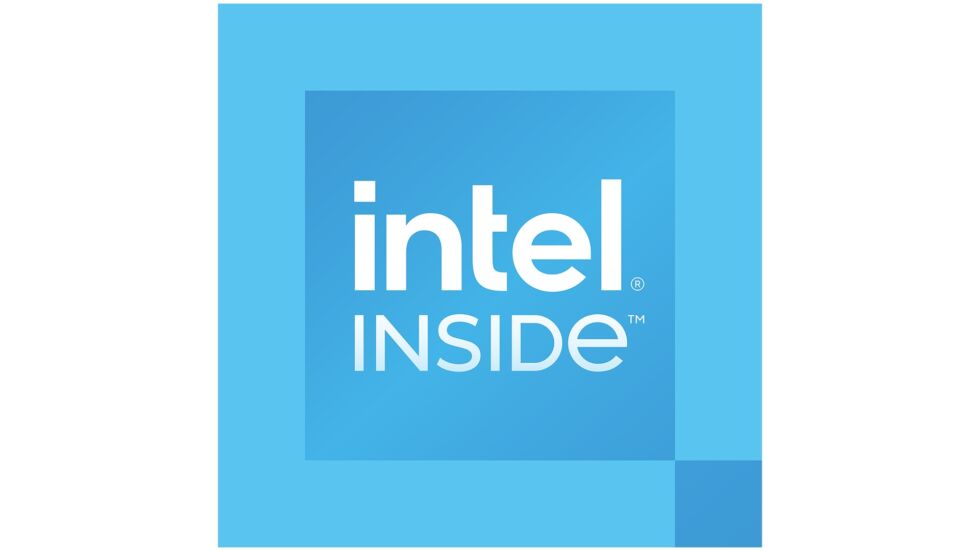
Junky, low-performance, generic mini PCs have been a thing for a long time, but within the last year or so, they've gotten a lot better because Intel's cheapest, slowest processors have also gotten a lot better.
The one you'll see the most often is the Intel Processor N100 (remember, Intel now uses "Intel Processor" for Intel processors that might have been called Pentium or Celeron in years past). They're quad-core chips that use a cluster of four small, high-efficiency E-cores, the exact same cores Intel uses in most of its current-gen desktop and laptop processors. Unlike the Intel Core chips, these Intel Processors don't include any large, fast P-cores to do heavy lifting.
But those E-cores are surprisingly decent compared to the old Atom or Celeron chips that used to go into these kinds of systems.
Intel has compared its E-cores’ performance to those of its 6th-generation Core CPUs, codenamed Skylake (head-to-head performance comparisons show the N100 running a bit slower, generally). But Skylake-ish performance is plenty for browsing and office work even in 2024, and the N100 is faster than older 4000-through 6000-series Pentium and Celeron chips by double-digit percentages in both single- and multi-core benchmarks, and they're significantly faster than a Pi 5. All this while still being considerably more power-efficient than Skylake (or its many, many iterations) ever was.
The GPU is also an improvement; with just 24 of Intel’s GPU execution units (EUs), it’s significantly slower than the three-year-old Intel Iris Xe integrated GPU (80 or 96 EUs, depending on the processor you get), and even an eight-year-old integrated GPU like the Intel HD 520 can beat it sometimes. But it’s at least a reasonably modern graphics architecture that benefits from the same ongoing driver improvements as other Intel GPUs.




















